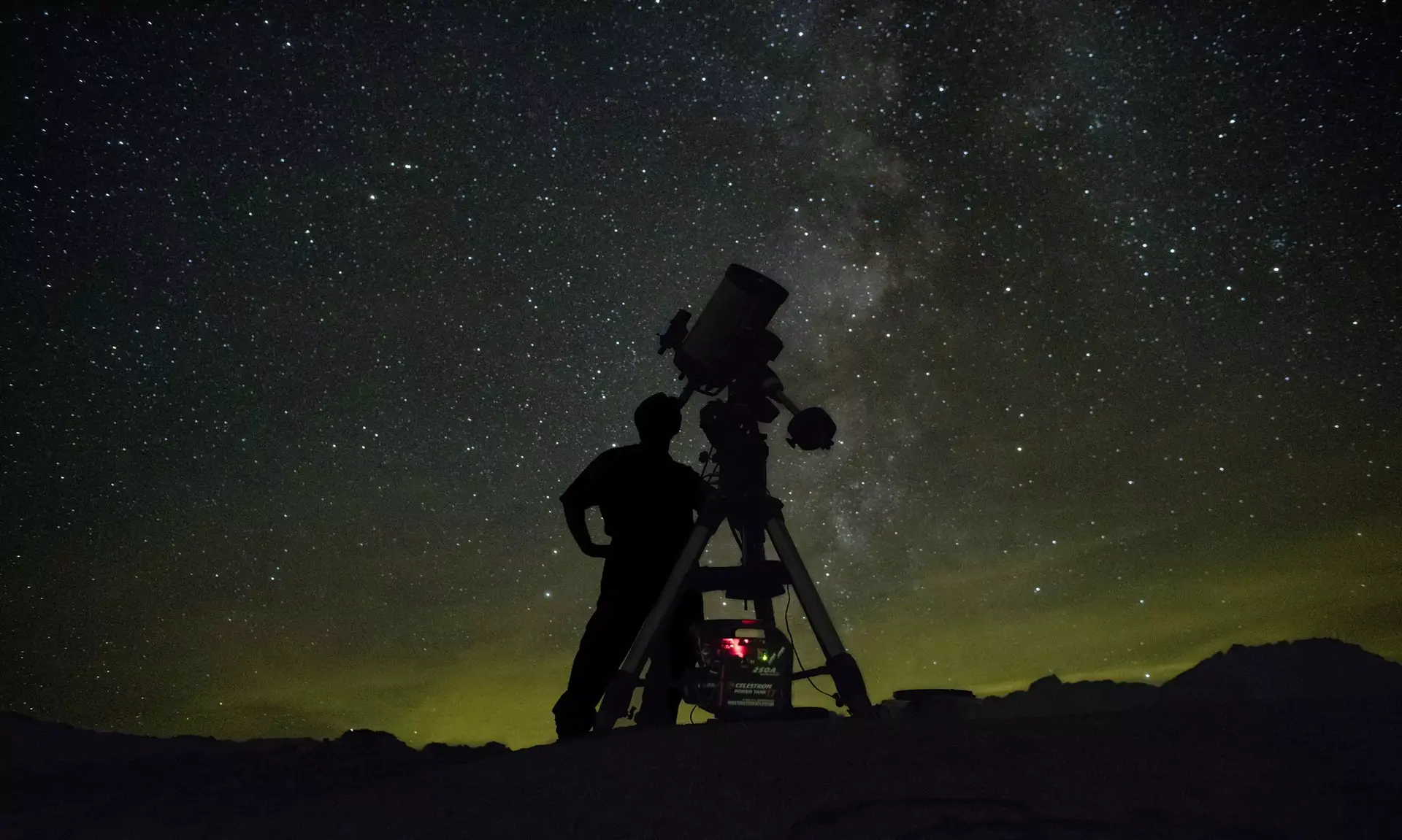There is something inherently magical about gazing up at the night sky, filled with a tapestry of stars, planets, and celestial wonders. Stargazing allows us to connect with the universe, ponder our place in it, and marvel at the beauty of the cosmos. In the United States, there are countless spots where you can experience the awe-inspiring beauty of the night sky, but finding the perfect destination for your next stargazing adventure can be a challenge. In this comprehensive guide, we will explore some of the best stargazing locations across the United States, each offering unique experiences for seasoned astronomers and amateur skywatchers alike.
Sedona, Arizona

Nestled amidst the red rock formations of Arizona, Sedona is not only renowned for its stunning landscapes but also its excellent stargazing opportunities. The city is situated away from major urban centers, which means minimal light pollution. Sedona also boasts clear skies for a significant portion of the year, making it a top choice for stargazers. To enhance your experience, consider joining one of the many stargazing tours that operate in the area.
Mauna Kea, Hawaii

For an unparalleled stargazing adventure, consider Mauna Kea on the Big Island of Hawaii. This dormant volcano rises 13,800 feet above sea level, piercing through the atmosphere and providing an extraordinary vantage point for astronomers. The combination of high altitude, minimal light pollution, and steady weather conditions makes Mauna Kea one of the world’s premier stargazing destinations.
Big Bend National Park, Texas

In the remote expanses of West Texas, Big Bend National Park offers a pristine environment for stargazers. With its vast desert landscapes and minimal light pollution, this park provides a unique opportunity to immerse yourself in the celestial wonders. Plan your visit during a new moon phase for the darkest skies and the best stargazing conditions. The park even hosts annual star parties where astronomers gather to share their passion for the night sky.
Chaco Culture National Historical Park, New Mexico

Steeped in ancient history and culture, Chaco Culture National Historical Park offers a unique stargazing experience combined with a glimpse into the past. The park’s intriguing archaeological ruins, including kivas and petroglyphs, provide a dramatic backdrop for your stargazing adventure. Chaco’s remote location and elevation contribute to its exceptional night sky quality, making it an International Dark Sky Park.
Death Valley National Park, California and Nevada

As one of the hottest and driest places on Earth, Death Valley National Park may not be your first thought for stargazing, but it offers some of the most remarkable night skies in the United States. The park’s desert landscapes and remote locations create ideal stargazing conditions. Zabriskie Point and Dante’s View are popular spots for watching the stars, and the park frequently hosts ranger-led stargazing programs.
Acadia National Park, Maine
On the rugged coast of Maine, Acadia National Park may not offer the same level of darkness as some other locations on this list, but it makes up for it with its unique coastal stargazing opportunities. Gazing at the night sky above the Atlantic Ocean can be a surreal experience. Cadillac Mountain, the highest point on the East Coast, is a prime spot for witnessing stunning sunsets and stargazing sessions.
| Spot | Location | Best Time to Go | Entry Fee |
| Best for Hiking | Bryce Canyon National Park, Utah | Summer | $35 per vehicle (valid for 7 days) |
| Best for Families | Acadia National Park, Maine | Late Summer to Early Fall | $30 per vehicle (valid for 7 days) |
| Best for Solitude | Big Bend National Park, Texas | Fall and Winter | $30 per vehicle (valid for 7 days) |
| Best for Paleontologists | Badlands National Park, South Dakota | Spring and Fall | $30 per vehicle (valid for 7 days) |
| Best for Urban Stargazing | Griffith Observatory, Los Angeles, California | Year-round | Free general admission |
| Best for Going Off the Grid | Dark Sky Reserves (e.g., Grand Canyon-Parashant National Monument, Arizona; Central Idaho Dark Sky Reserve) | Year-round | Backcountry permit fees may apply |
FAQs can that help you in your tour
Q: What equipment do I need for stargazing in these destinations?
A: Binoculars or a telescope for a closer view, or just your eyes for basic stargazing.
Q: Are these stargazing spots suitable for beginners?
A: Yes, many are beginner-friendly with guided tours and events.
Q: Are pets allowed at these stargazing spots?
A: Check specific park policies; pets are often allowed but leashed.
Q: Can I camp at these locations for overnight stargazing?
A: Yes, many offer camping facilities, check reservations and rules.
Q: What should I bring for stargazing in remote locations?
A: Warm clothing, insect repellent, red flashlight, star chart or app.
Conclusion
Whether you’re a seasoned astronomer or just someone who appreciates the beauty of the night sky, the United States offers a wide range of stargazing destinations to suit your preferences. From the otherworldly landscapes of Joshua Tree to the high-altitude observatories on Mauna Kea, there’s a stargazing adventure waiting for you. So, pack your telescope, binoculars, or just a blanket for lying on the ground, and embark on a journey to discover the wonders of the cosmos in some of the most breath-taking and remote locations across the country. Each of these destinations offers a unique stargazing experience, ensuring that your next night under the stars will be an unforgettable one.

